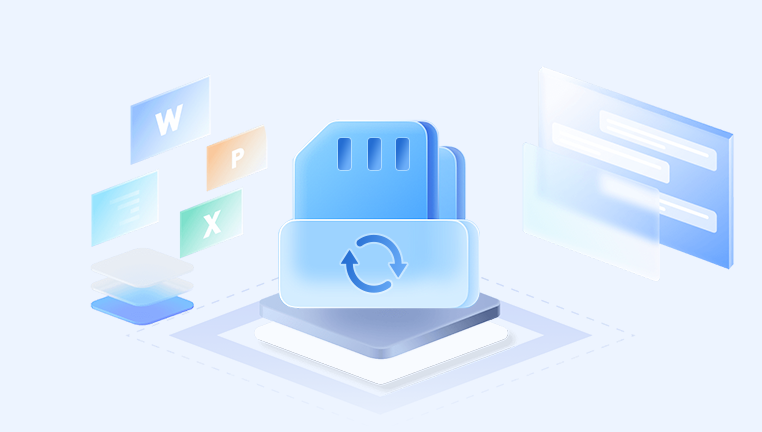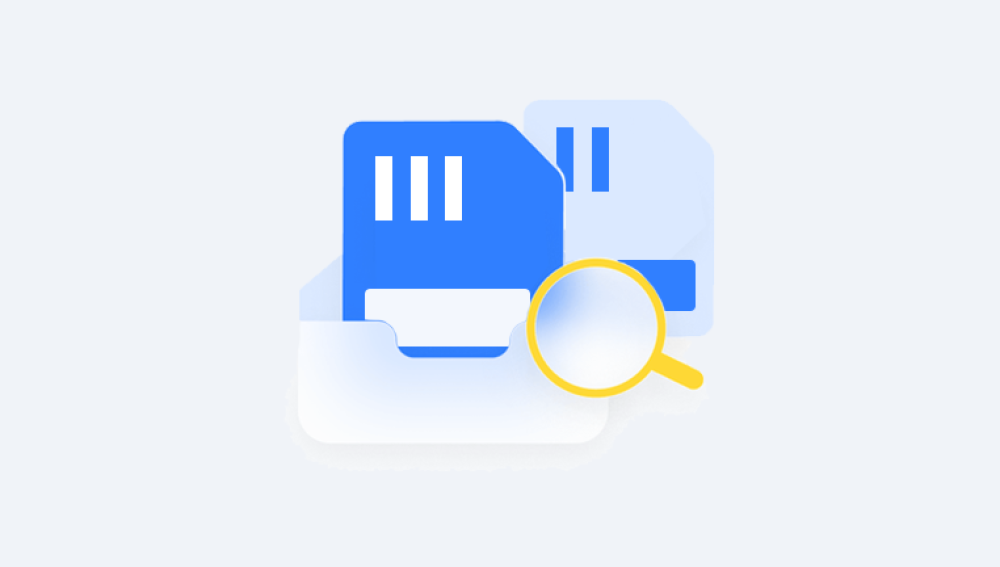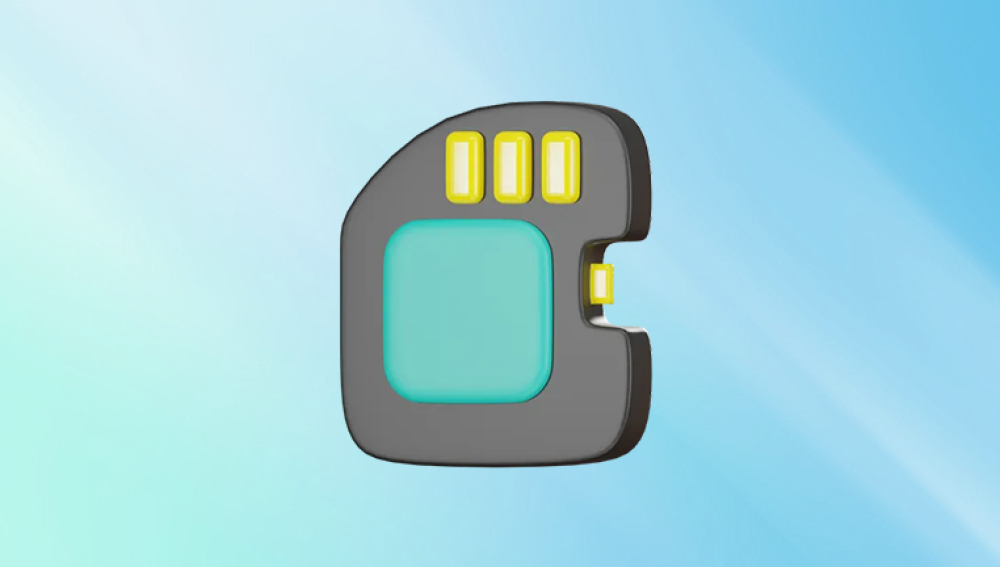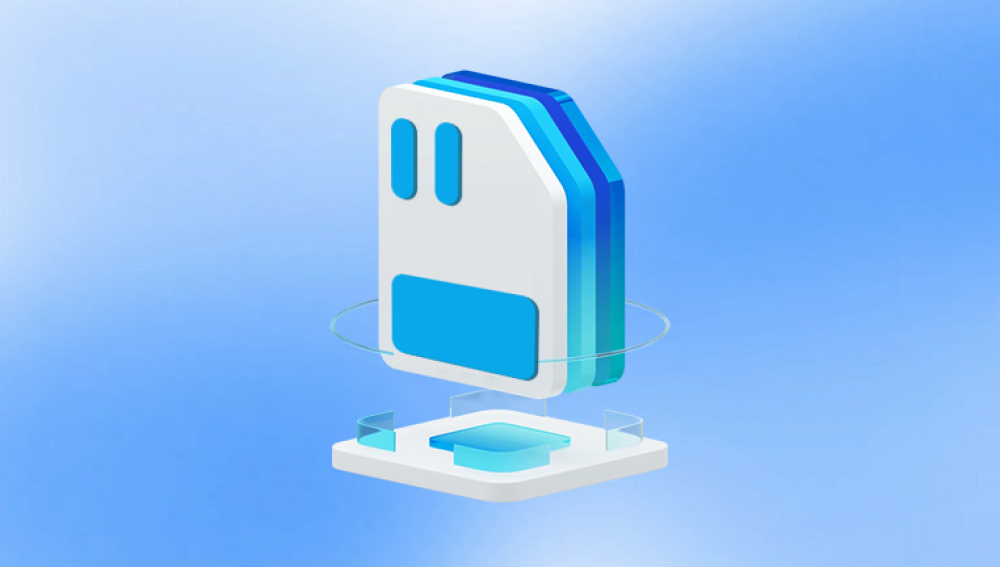Formatting an SD card to FAT32 is a common task, especially when preparing the card for use with certain devices like cameras, gaming consoles, and some computer systems. Here's a comprehensive guide on how to do this, covering the process in detail along with considerations, precautions, and step-by-step instructions for various operating systems.
FAT32 (File Allocation Table 32) is a file system that was introduced with Windows 95. It is widely used because of its compatibility with various devices and operating systems. However, it has some limitations, such as a maximum file size of 4GB and a maximum partition size of 32GB when formatted using the standard Windows tools.

Reasons to Format an SD Card to FAT32
Device Compatibility: Many devices, such as cameras, game consoles, and older operating systems, require FAT32.
Cross-Platform Usability: FAT32 can be read and written by most operating systems, including Windows, macOS, and Linux.
File System Corruption: Reformatting can fix corrupted file systems.
Precautions Before Formatting
Backup Data: Formatting an SD card will erase all the data on it. Ensure you back up any important data before proceeding.
Check Card Capacity: FAT32 is ideal for cards up to 32GB. For larger cards, consider using exFAT unless FAT32 is specifically required.
Check Card Health: Ensure the SD card is not physically damaged and is working properly.
Methods to Format an SD Card to FAT32
Windows
Using File Explorer
Insert the SD card into your computer.
Open File Explorer and locate the SD card under "This PC" or "My Computer".
Right-click the SD card and select "Format".
In the Format window, select "FAT32" as the file system.
Choose a quick format or a full format.
Click "Start" to begin formatting.
Using Disk Management
Right-click on the Start button and select "Disk Management".
Find your SD card in the list of drives.
Right-click on the SD card and select "Format".
Choose "FAT32" as the file system.
Click "OK" to format the card.
Using Command Prompt
Open Command Prompt as an administrator.
Type diskpart and press Enter.
Type list disk and press Enter to see a list of all disks.
Find your SD card and note its number.
Type select disk X (replace X with your SD card’s number) and press Enter.
Type list partition and press Enter.
Type select partition X (replace X with the partition number) and press Enter.
Type format fs=fat32 quick and press Enter.
macOS
Using Disk Utility
Insert the SD card into your Mac.
Open Disk Utility (found in Applications > Utilities).
Select your SD card from the list of drives.
Click on the "Erase" tab.
Choose "MS-DOS (FAT)" from the format dropdown menu.
Click "Erase" to format the SD card.
Linux
Using GParted (GUI)
Install GParted if it’s not already installed (sudo apt-get install gparted for Debian-based distributions).
Open GParted and select your SD card from the dropdown menu.
Unmount the SD card by right-clicking and selecting "Unmount".
Right-click on the partition and select "Format to" > "fat32".
Click the green checkmark to apply the changes.
Using Terminal
Open a terminal window.
Type lsblk to list all block devices and identify your SD card.
Unmount the SD card by typing sudo umount /dev/sdX1 (replace X1 with your SD card identifier).
Type sudo mkfs.vfat -F 32 /dev/sdX1 to format the SD card to FAT32.
Common Issues and Troubleshooting
SD Card Not Recognized: Ensure the card reader is working properly and the card is inserted correctly.
Format Option Not Available: Some tools may not show FAT32 for cards larger than 32GB. Use third-party tools like MiniTool Partition Wizard or EaseUS Partition Master.
Error Messages: If you encounter errors, make sure the card is not write-protected. Check the physical lock switch on the SD card.
Alternative Methods and Tools
Third-Party Software
MiniTool Partition Wizard: A free tool that can format SD cards to FAT32. even those larger than 32GB.
EaseUS Partition Master: Another free tool that provides similar functionality.
Formatting on Devices
Cameras and Consoles: Some devices allow you to format the SD card directly. Refer to the device’s manual for instructions.
Tips for Maintaining SD Card Health
Regular Backups: Regularly back up data to prevent loss in case of corruption.
Proper Ejection: Always eject the SD card properly before removing it from a device to prevent data corruption.
Avoid Full Capacity: Try to keep some free space on the card to ensure it functions efficiently.




